
The field of software development is one of the most lucrative and intensive career paths there is. It requires a great deal of knowledge to succeed in the field, not just regarding coding or programming languages but what the roles are and how you fit into them. The positions available for aspiring software developers are expansive and demand specific skillsets and experience levels to be successfully filled. The trick is knowing exactly what each role is and how you can climb from the lowest to the top tier.
Developer Levels
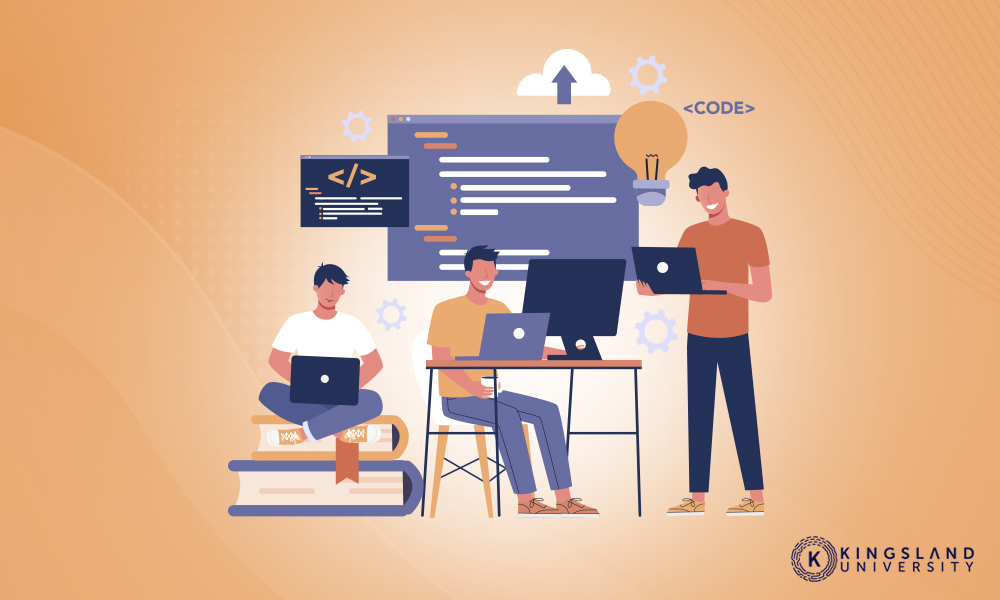
Just like all professional fields, software developers have different levels of experience and authority in their field. These levels of expertise determine where you rank professionally on the career ladder when it comes to software development and what kinds of skills you possess. The different skill levels are generally referred to by three “rungs” on the career ladder. Few people realize that there are two additional stages that are seldom recognized but are equally important to the progression of any aspiring software developer. These additional stages are supported by the Dreyfus Model of the software developer level list.
Level 1: Trainee
This level in the software developer’s ladder of progression is the first of the two missing entries in the list. As the name implies, trainees are neophytes in software development and are still learning to ply their trade. Trainees are, often, students of some level with a focus on computer science and software engineering. These trainees lack direct experience in the field and are dedicated to learning the necessary skills and details vital to the career.

Trainees are often left out of the list of levels due to it not being a professional listing. However, many firms and companies offer opportunities to trainees to gain exposure to a professional setting of software development and earn experience. These are usually restricted to student internships that allow a non-professional learner of software engineering and coding to work in the firm as an assistant to established professionals. One such company that offers temporary positions for trainee-level developers is the International Business Machines (IBM) corporation.
The trainee stage is a formative one, and the expectations of the trainee will vary from employer to employer but will at least be required to understand the software they will be working on or with.
Level 2: Junior Developer
Junior-level developers are often interchangeable with trainee-level developers due to their more basic knowledge of the subject matter. The main difference between the two is that junior-level developers have a modicum of work experience under their belts and have learned from their trainee phase. Junior-level developers are the sort of employees that come and go, seeking more fulfilling and advanced positions as they gain more and more experience. As a result, they are often hired on a contract basis rather than a full-time one.
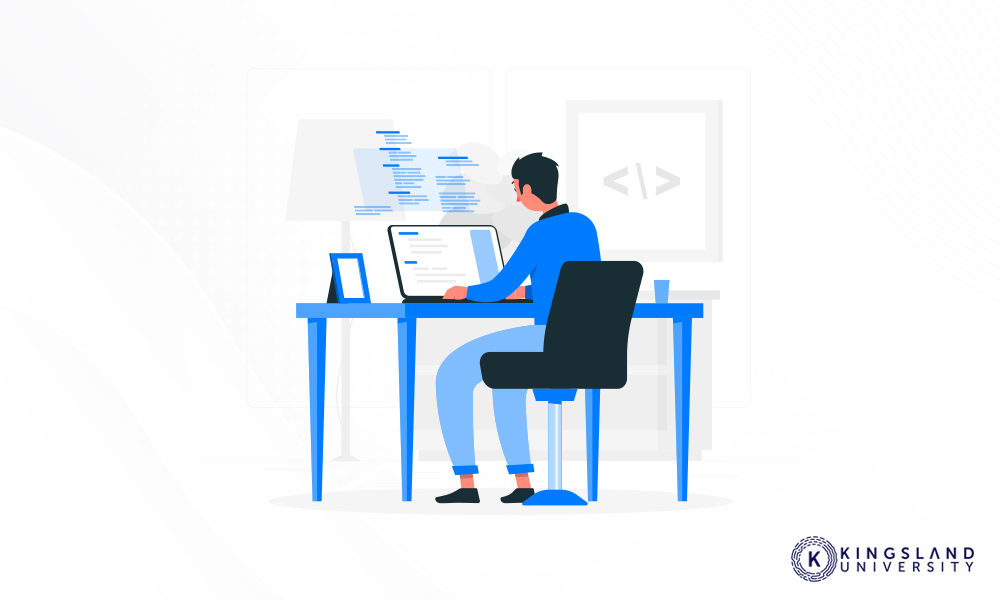
Employers often highly value junior-level developers due to the motivation and passion they exhibit. However, those same junior-level developers must be kept under close observation by more experienced employees since they are still more prone to mistakes. Nevertheless, junior-level developers are expected to have a particular skill set compared to trainees:
- IDE: Junior-level developers are expected to have experience and skill in navigating and operating integrated development environments (IDE).
- API: Junior-level developers are expected to handle the most used application programming interfaces (API) in their particular field.
- Frameworks: Junior-level developers are expected to have used frameworks and be aware of others that apply to their known coding languages and environments.
- Database Development: Junior-level developers are expected to understand basic database design techniques and recover information from a database with ease.
- Programming Languages: Junior-level developers are expected to know at least one programming language. They may need to know both front-end and back-end development (the full stack) or a broader base of knowledge in one or the other.
Junior-level developers have the advantage to still be on a learning curve and are not expected to be experts by any means. They simply need to be able to sufficiently handle the most common tools and processes to refine their skills further and work on projects effectively before they can advance further up the levels of their career.
Level 3: Middle Developer
Colloquially referred to as the “workhorses of the programming world,” mid-level developers are traditionally junior-level developers that have worked in a professional capacity for at least two to three years. Mid-level developers generally have enough experience to complete projects independently but should still be kept under slight supervision by senior personnel to ensure minimal errors. Mid-level developers also often work as part of a team and have each other present for error-checking and accountability.
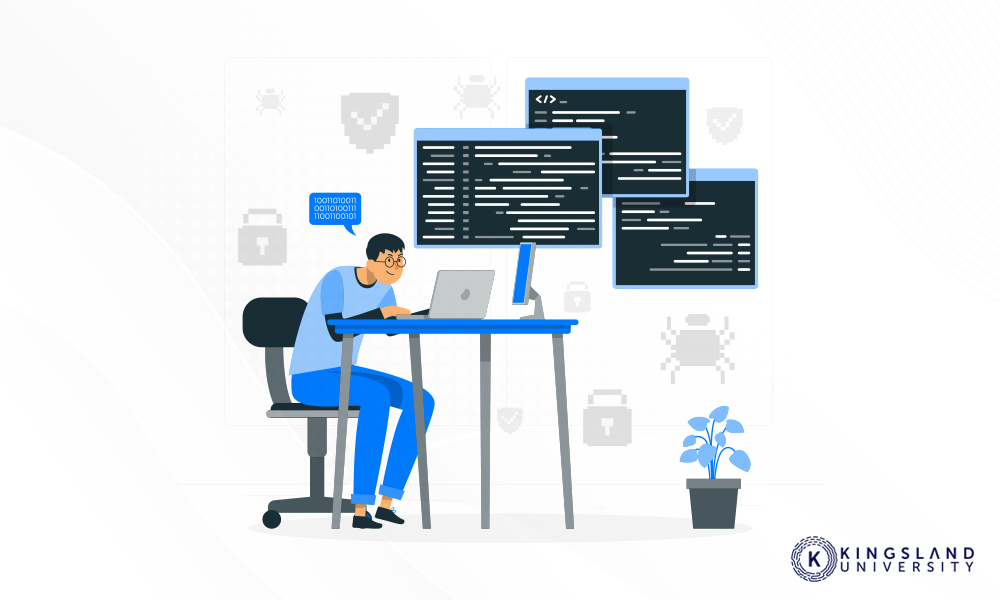
Mid-level developers can be highly resourceful but prone to neglect retrospect. They might make an error with the conviction of having done it correctly and not bother to go back and check until the program fails. The Dreyfus Model predicts this hubris as part of the learning curve. It’s not the developer’s fault to reach this stage, but steps can be taken to minimize the damage such hubris can cause.
Like junior-level developers, mid-level developers are expected to have a skillset:
- IDE: Mid-level developers are expected to have a more advanced understanding of IDEs and should have memorized the shortcuts associated with them to accelerate the work.
- API: Mid-level developers are expected to have a more in-depth understanding of APIs.
- Frameworks: Mid-level developers are expected to be more skilled with framework creation and be able to write shorter lines of code.
- Database Development: Mid-level developers are expected to fully design and manage databases and use syntax to expedite results and convert data across incompatible interfaces.
- Programming Languages: Mid-level developers are expected to understand functional programming languages with deeper fluency than when they were junior level. Deeper experience in a few languages, or broader experiences in many languages, are both options.
Mid-level developers, while extremely common, still have plenty of room for improvement to ensure they can lead more effectively and eventually run entire project teams.
Level 4: Senior Developer
Senior developers are the top-tier frontline developers in the field. Having worked in the field for several years, they are essentially mentors and overseers of lower-level developers. They are also the developers that can offer their expertise toward the marketing and business transactions of the company. Senior-level developers can examine problems and obstacles that stump lower-level developers and provide the best possible response to them to advance the project.

Like every developer, senior-level developers have an expected skillset. The difference being that senior-level developers have one that is far more extensive:
- IDE: Unlike the junior and mid-level developers, senior-level developers are expected to be able to write custom macros and optimize the IDE.
- API: Senior-level developers are expected to have written API libraries and can add to the existing code to optimize and automate the program’s functionality.
- Frameworks: Senior-level developers are expected to be able to create custom frameworks instead of work on existing ones.
- Database Development: Senior-level developers have all the database management that the other level developers possess but can also compose advanced queries and know the database by heart.
- Programming Language: Senior-level developers are expected to understand multiple programming languages, as well as the foundations of how languages work, so their knowledge can apply even to new languages they’ve never encountered.
Senior-level developers, for all their skills and the reliance others have on them, are not the apex of the development team. Rather, they serve as an intermediary step to the highest possible tier for developers.
Level 5: Leader
The final level a developer can reach, and the second of the overlooked “rungs,” leaders are rather self-explanatory. Leaders are not frontline programmers and offer little in the way of the actual development of the application’s code. Rather, leaders serve as business oversight on the project, ensuring that goals are met and can offer insight into the soft skills required by all the developers on the team.

Becoming a leader also does not require making it to the senior level. It can instead be reached even from mid-level developers who demonstrate powerful insight into the business and teambuilding aspects of development while maintaining an adequate understanding of the basic requirements and skills their subordinates need.
Developer Job Titles
The different developer levels only outline the skills required for the position but do not necessarily encompass exactly what jobs are tied into them. Each developer-level has a series of job titles associated with it that encompass the requirements and responsibilities expected from you.
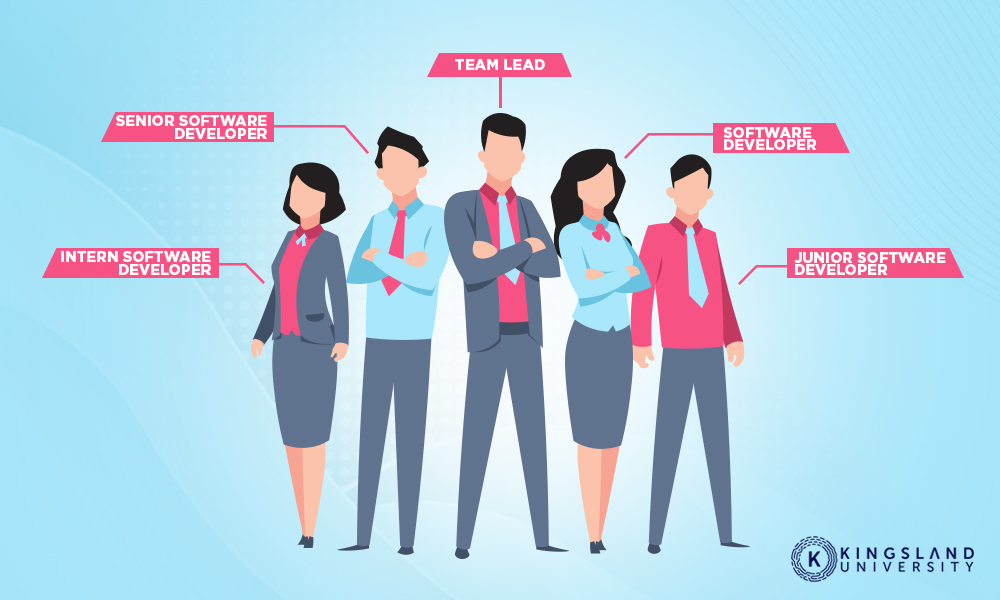
Trainee-Level Titles:
- Intern Software Developer: Keeping in line with the fact that trainee-level software developers are not established professionals and are still learning the basics, they are only offered internships within firms and companies.
The responsibilities of intern software developers are to use IDEs for text editing and do extraordinarily little in the way of direct interaction with the programming of the project. Instead, they are tasked with inconsequential duties and observe the experienced personnel to learn more about the basic knowledge they need to learn.
Junior-Level Titles:
- Junior Software Developer: At the starting level of software development, junior software developers are actual frontline programmers and coders that are given actual programming tasks to accomplish.
The responsibilities of the junior software developers are tasked with completing independent tasks while still being kept under sufficient supervision from more experienced team members. They are also expected to be able to work in a team and learn from their team to reinforce their own skillset.
Mid-Level Titles:
- Software Developer: Software developers are a frontline position that focuses on not just coding the application but designing the architecture for the application and framework as well.
- Software Engineer: Software engineers are the ones who handle the big picture but still fill out the same ranks as software developers.
Mid-level developers are expected to fulfill independent tasks like junior-level employees but with less or no oversight. They are also expected to be able to work in teams like the junior-level developers. The difference between developers and engineers is that developers handle isolated tasks relating to coding and architecture, whereas engineers focus on the entire application and convey the design to the entire team.
Senior-Level Titles:
- Senior Software Developer: Essentially the same role as the software developer, senior software developers oversee their mid-level brethren and are more experienced.
- Senior Software Engineer: Once again, a role serving as a supervisor to the other software engineers.
Senior-level developers have superior skills to the mid-level employees and supervise the rest of the team. They also focus on helping the team overcome obstacles and issues, only doing work independently and directly on tasks when necessary or when dealing with complex tasks that are over the heads of the mid-level developers.
Leader-Level Titles:
- Team Lead: Serving as the figurehead of the project, able to understand the programming on a base level. Team leads oversee the project.
- C-Levels: Corporate C-level leaders include roles such as Chief Engineer and Chief Information Officer and other executive roles.
Leader-level developers do little to no actual programming or coding on a project. Instead, they focus on making sure the team stays on task, handles the business side of the project, and ensures the project has all the resources needed to complete it.
The different titles relate to what you will be doing on a specific project and where they rank in the project hierarchy.
The Conclusion
Software development is an expansive and highly evolving field. Even after completing your education to get a position at any level, you will need to constantly update your knowledge and understanding of the tools and codes to ensure you are able to complete top-tier work. You are also likely to encounter a differing rank structure than the one listed here, as the titles may vary slightly from company to company.
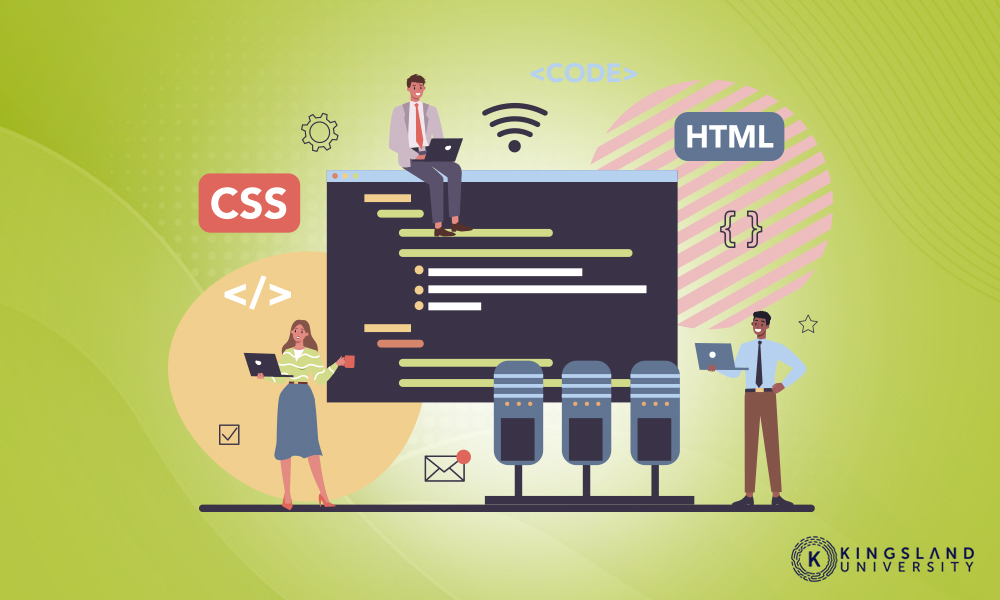
However, no matter the official title of your position, the experience level the position is ranked at will dictate your responsibilities and skillsets you will need to succeed. When seeking full employment as a software developer, you can never start too early. While the trainee level is not always mentioned in the level lists, the Dreyfus Model serves as one of the few to mention them. However, these trainee-level positions can be instrumental in getting your foot in the door and giving you the firsthand experience you will need to move up that experience ladder and into more prestigious positions.


